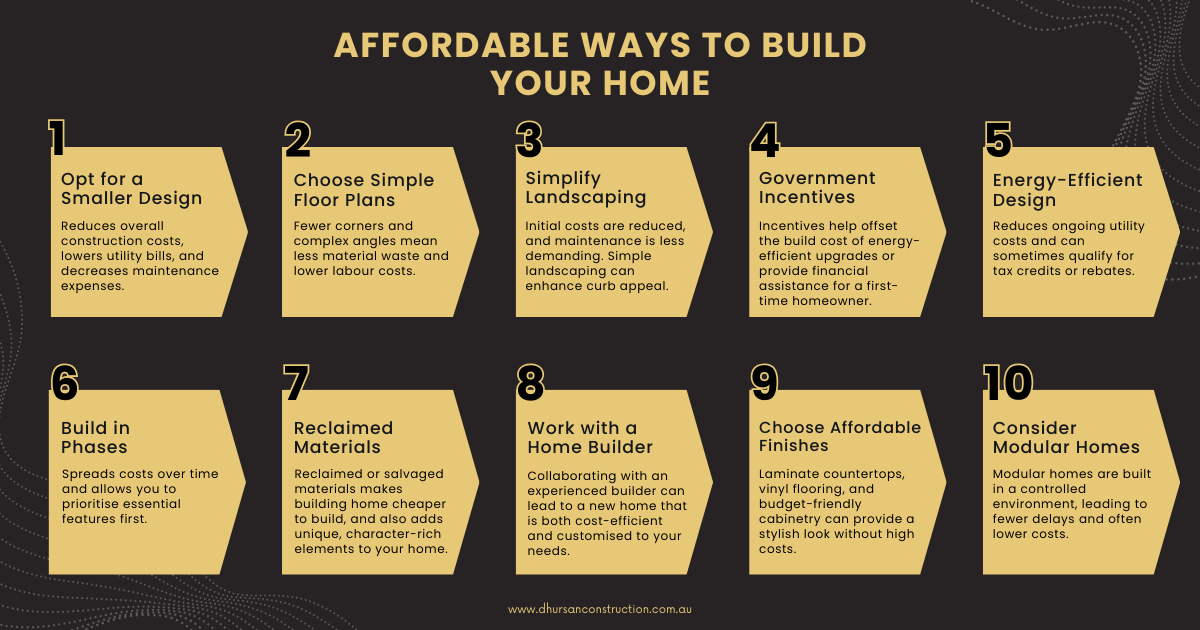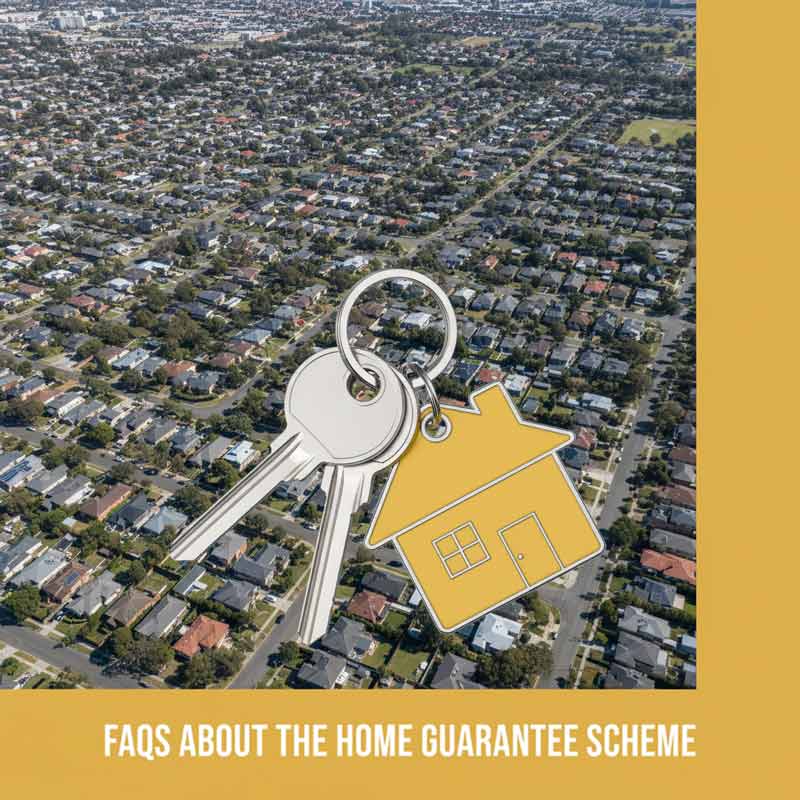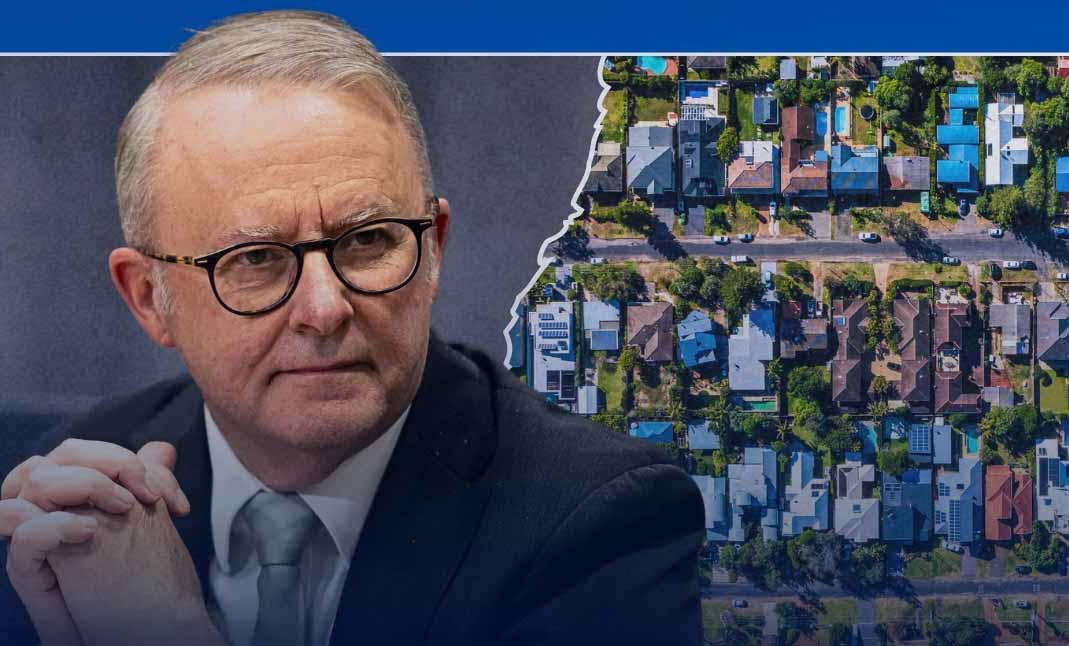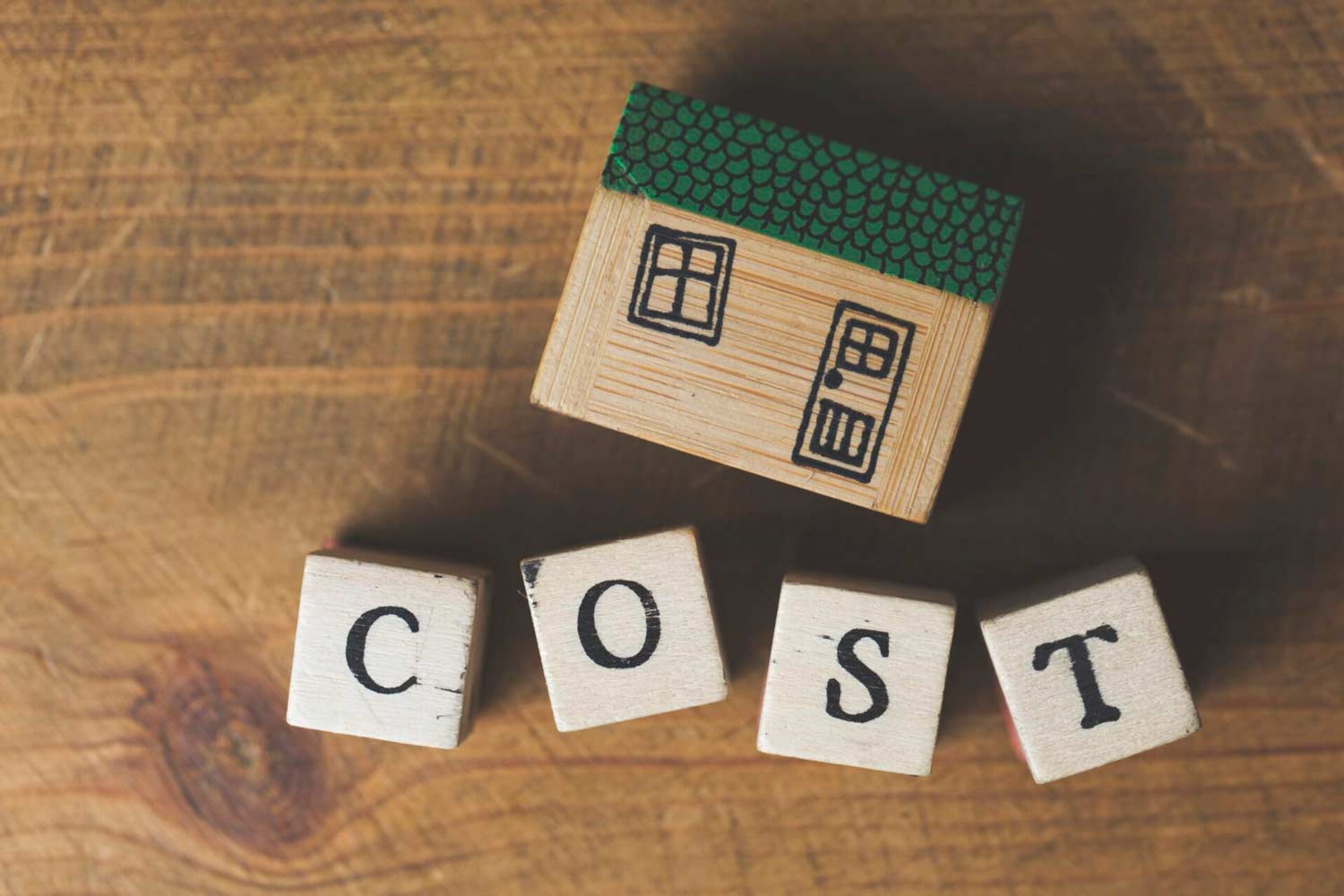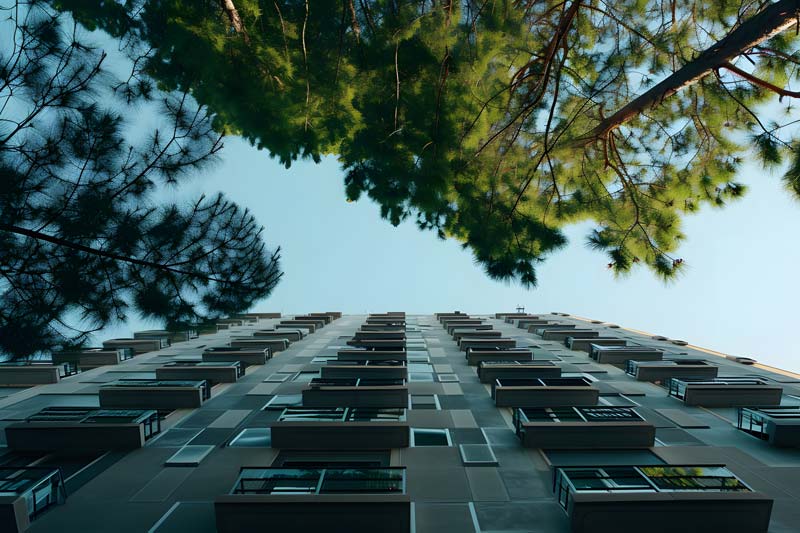Building a dream home often seems like a distant fantasy reserved for those with deep pockets and endless budgets. But what if I told you that creating a beautiful, comfortable, and functional home doesn’t have to break the bank? With a bit of creativity, strategic planning, and resourcefulness, you can construct a custom house that not only meets your needs but also fits within a reasonable budget.
However, did you know?
While there are various cost-effective ways to build a home, from choosing a simple floor plan to building in phases, it’s equally important to consider the different affordable styles of homes available. After all, there are the cheapest styles to build, acting as a blank canvas for your personal touches. So, let’s first explore the cheapest types of homes to build and then dive into the different affordable ways to build your favourite style of home in the most economical way.
What Home Styles Are Cheapest to Build?
- Tiny House: Tiny house, typically under 400 square feet, offer an affordable and efficient living solution. Their compact size reduces construction and material costs, while their design emphasises simplicity and functionality. And the foundation can cost on an average between $5.50 and $8 per square foot. Ideal for those looking to downsize or minimise expenses, tiny homes are also energy-efficient, resulting in lower utility bills.
- Modular Homes: Modular homes are pre-fab in sections and assembled on-site, offering a cost-effective alternative to traditional construction. Their factory-built components help lower costs and speed up construction. These homes can be customised to suit various needs and preferences, providing a balance between affordability and personalisation. It can cost in between $80 to $160 per square foot.
- Prefabricated Homes: Prefabricated homes are partially or fully constructed in a factory before being transported to the site. They offer affordability through bulk material purchasing and streamlined construction. With various styles available, prefab homes are a flexible and cost-effective choice.
- Container Homes: Shipping container homes utilise repurposed shipping containers, providing a durable and eco-friendly option. They can be combined and customised to create unique living spaces. While initial costs can be low, additional investments in insulation and interior finishing may be needed to enhance comfort. The cost to build a custom container home on an average is $250 to $400 per square foot.
- A-Frame Homes: A-frame homes feature a distinctive triangular shape with a roof that extends to the ground. Their simple design reduces construction complexity and costs. Known for their natural light and open interior spaces, A-frame homes are the cheapest option, especially for vacation or weekend retreats.
- Log Cabins: Log cabins, constructed from logs, offer a rustic and durable home option. The use of natural materials can lower costs if logs are sourced locally. While log cabins provide excellent insulation and a unique aesthetic, they require more maintenance compared to other home types.
- Built-in-Kit Homes: Kit homes come with pre-cut materials and assembly instructions, making them a practical and affordable option. Easy to build, they can be assembled with minimal professional help. The average cost to build kit-homes comes around $80 to $150 per square metre, offering flexibility, and making them suitable for those who are comfortable with DIY projects.
Also Read: Australian Standards for Building and Construction
A custom-built home by Dhursan Construction is an investment that will bring you joy for years to come. With our experienced home builder, design the perfect space for you and your family. Contact us today.
Cheapest Ways to Build a House
Don't Settle for Less—Build Excellence with Dhursan
Opt for a Smaller Design
Choosing a smaller design for your house is not only a practical decision but also a financial one. It’s like trimming excess financial fat, allowing you to reduce overall construction costs, lower utility bills, and decrease maintenance expenses. Moreover, maintenance expenses are typically more manageable in a smaller space.
Just as a well-tailored suit flatters your figure and highlights your best features, a smaller home focuses on what truly matters. It helps to maximise space by incorporating multipurpose rooms and efficient storage solutions, making every square foot count. Prioritise your needs and desires to ensure functionality is maintained.
Choose Simple Floor Plans
Opting for a simple floor plan can save you both time and money during the building process. It’s like taking the most direct and efficient route to affordability. By reducing the square footage with the square or rectangular floor plan, you can avoid unnecessary corners and complex angles, ultimately minimising material waste and lowering labour costs.
Simplicity in the design also often leads to quicker construction, as there are fewer complexities to navigate. However, it’s essential to work with an architect or designer who can help create a functional floor plan that optimises space and avoids any wasted areas. They can ensure that the layout is practical and suits your specific needs while maintaining a straightforward and cost-effective design.
Use Cost-Effective Materials
Going for cost-effective materials is an excellent strategy to minimise the cost of building your house. For example, prefab panels, bamboo, or concrete blocks can be more budget-friendly than traditional materials like brick or wood. These alternative materials can often be sourced at lower costs and offer comparable durability and insulation properties. However, it’s crucial to research and evaluate the specific characteristics of each material to ensure they meet your needs.
Consider factors such as durability, resistance to weather conditions, and energy efficiency. By carefully selecting cost-effective materials, you can achieve both affordability and quality in your home construction.
Consider Modular or Prefabricated Homes
Opting for a modular or prefab home is like unlocking the benefits of controlled and streamlined construction. These types of homes are built in a factory or controlled environment and are usually more energy-efficient, providing long-term savings. First, the construction process is typically faster and more efficient, leading to fewer delays and associated costs.
Second, the controlled environment allows for better quality control, as the construction is not affected by adverse weather conditions. Third, modular homes are often more energy-efficient, as they are designed and built with energy-saving features. However, it’s important to ensure that the modular home you choose complies with local building codes and zoning requirements.
Energy-Efficient Design
Incorporating energy-efficient designs reduces ongoing utility costs and may qualify you for tax credits or rebates. Investing in high-quality insulation, efficient windows, and HVAC systems can result in long-term savings. Each energy-saving feature becomes a shield, deflecting the blows of rising utility costs and reducing your carbon footprint.
Energy-efficient homes are not only cheaper to run but also more comfortable to live in, with better temperature regulation and improved air quality. Consider incorporating renewable energy sources, such as solar panels, to further reduce your utility bills.
Build in Phases
Building your home in phases allows you to spread costs over time and prioritise essential features first. This approach significantly eases the financial strain by allowing you to allocate funds in stages, which can simplify securing financing, saving money, and adjusting your budget as needed.
For example, you might build the core living areas first and add extra bedrooms or a garage later as your budget allows. This phased approach can make the financial burden more manageable and allow you to move into your new home sooner.
Choose Affordable Finishes
Opting for affordable finishes like laminate countertops, vinyl flooring, and budget-friendly cabinetry can provide a stylish look without high costs. Select finishes that mimic more expensive materials but offer durability and ease of maintenance, much like dressing for success on a budget—achieving a polished appearance without overspending.
Affordable doesn’t have to mean cheap; many budget-friendly options are designed to look like high-end materials. For instance, luxury vinyl plank flooring can resemble hardwood, and laminate countertops can mimic the appearance of granite or marble.
Curious about how affordable home building can meet your high standards? Our cost-effective approach ensures exceptional quality and craftsmanship without any compromise. Reach out to us today.
Simplify Landscaping
Simplified landscaping reduces initial costs and demands less maintenance. Using drought-tolerant plants and low-maintenance features can enhance curb appeal while saving on water and upkeep. Simplifying your landscaping brings beauty and tranquillity with minimal effort.
Opt for native plants that require less water and care, and use mulch or gravel to reduce weed growth and retain moisture in the soil. Simple, clean lines and natural elements can create a stunning outdoor space without breaking the bank.
Government Incentives
Take advantage of government incentives like energy-efficient rebates, green building grants, or first-time home buyer assistance programs. Research local and national programs that may apply to your project, and be aware of application deadlines and requirements.
These incentives can help offset the build cost of energy-efficient upgrades or provide financial assistance for a first-time homeowner. Stay informed about available programs and apply early to maximise your benefits.
Transform Your Vision into Reality with Dhursan Construction
Work with a Home Builder
Collaborating with an experienced builder can lead to a new home that is both cost-efficient and customised to your needs. They offer expert advice, help avoid expensive errors, and address your budget constraints from the start.
Builders can help you make the most of your space, suggest cost-saving building materials and methods, and ensure your home meets all necessary regulations. This professional guidance can save you money, time, and stress in the long run.
Salvaged or Reclaimed Materials
Using reclaimed or salvaged materials not only makes it cheaper to build but also adds unique, character-rich elements to your home. This environmentally friendly option gives your home a distinctive look. Ensure all reclaimed materials are in good condition and meet safety standards, much like selecting vintage finds that are both stylish and functional, adding a touch of history and charm to your space.
Wrapping Up!
Building a home on a budget may seem challenging, but with the right strategies and choices, it’s entirely achievable. By embracing smart design choices, cost-effective materials, and a touch of DIY spirit, you can craft a beautiful and functional space that perfectly suits your needs and budget. Whether you opt for a tiny home or a modular marvel, remember – the most affordable home is the one that brings you the most joy and satisfaction.
Remember, every choice you make, from architectural design to lighting, is like a stroke of art that transforms your vision into reality while keeping costs down.
When it comes to custom building or if you are looking for a custom home builder, Dhursan Construction stands out as your ideal partner. We pride ourselves on delivering personalised service, cost-effective solutions, and innovative designs tailored to your unique needs. With us, your dream home is not just a structure; it’s creating a space that sings your story. Book a consultation to start building your ideal home.

